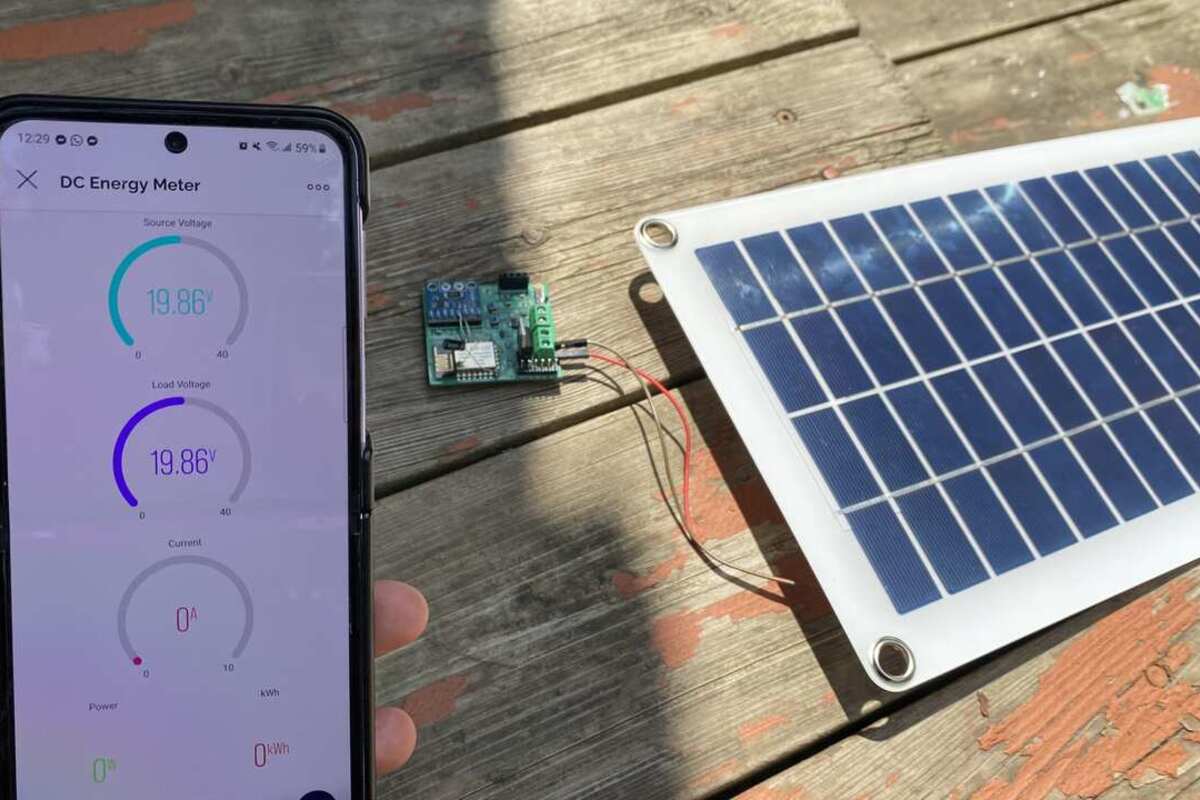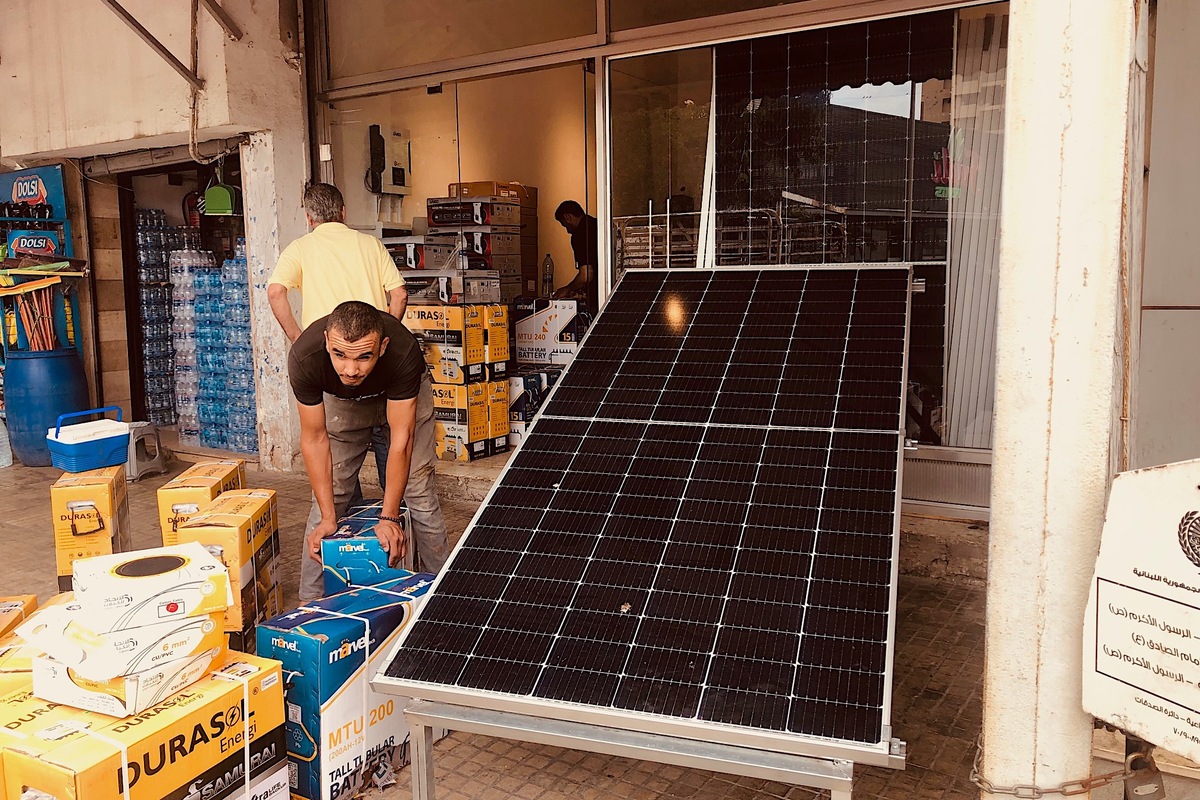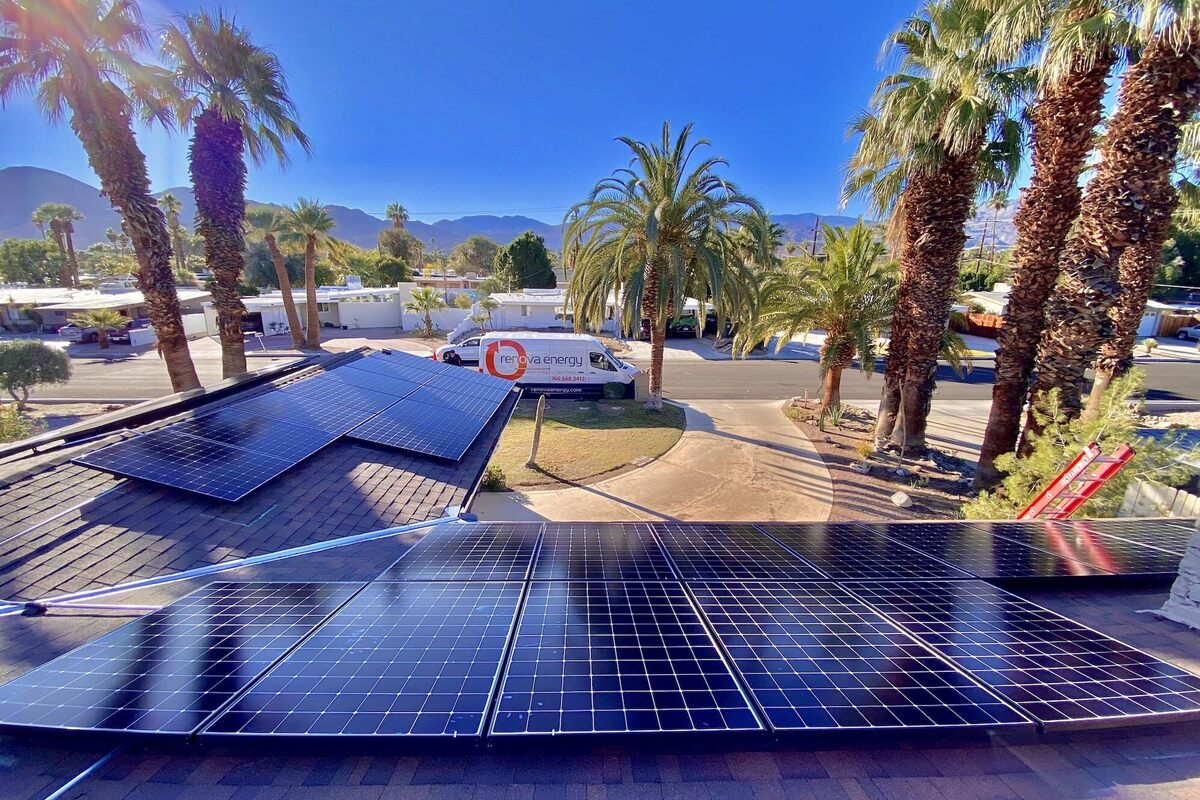A solar panel installation on your property makes you eligible for a federal tax credit, which essentially reduces the amount you owe in income taxes.
The Solar Investment Tax Credit (ITC) was established by the federal government in 2006. Since its inception, the U.S. solar industry has experienced remarkable growth, expanding by over 10,000%. This growth has been sustained with an average annual increase of 50% over the past decade.
Alongside this expansion, the industry has generated hundreds of thousands of jobs and invested billions of dollars into the American economy.
You can qualify for the ITC during the tax year in which you installed your solar panel system, provided that the system generates electricity for a residence located in the United States.
How Does It Work
You become eligible for the Federal Solar Tax Credit by purchasing a solar photovoltaic (PV) system within a specific tax year. This credit allows you to claim a percentage of the system’s cost as a deduction from your federal income taxes.
In 2021, the Investment Tax Credit (ITC) provided a tax credit of 26% for solar systems installed between 2020 and 2022. Starting in 2022, the ITC will increase to 30% for systems installed through 2032.
This means that when making the decision to install solar panels, you should take into account a discount ranging from 26% to 30% based on the current year’s ITC rate.
It’s important to understand that the ITC can only be claimed once. If the amount of taxes you owe in the given year is less than the credit you’re entitled to, the remaining credit can be carried over to the following year.
Additionally, remember that the credit acts as a deduction, reducing the amount of taxes you owe rather than providing a direct refund.
That said, the tax credit covers the following:
- The cost of the solar panels themselves.
- The cost of solar equipment which includes components like inverters, wiring, and mounting hardware that are necessary for the solar panel system.
- The expenses associated with the installation of the solar panels also cover fees related to permitting and inspections.
- The cost of solar power storage equipment which pertains to solar battery systems used for storing excess energy. The storage equipment must have a capacity rating of at least 3 kilowatt-hours (kWh).
Eligibility Criteria
To be eligible for the Investment Tax Credit (ITC), you have to meet the following requirements:
- Installation Timing – The solar panel system must be new or used for the first time and installed between January 1, 2006, and December 31, 2023. Unless there is an extension by Congress, the ITC will expire after 2023.
- Ownership – You must own the solar panel system outright, meaning you have purchased it rather than leased it.
- Location – The solar panel system must be situated within the United States.
- Residence – The system should be installed at your primary or secondary residence in the U.S. It can also apply to an off-site community solar project in which you are participating.
Claiming the Tax Credit
After your solar panel system installation, it’s important to follow the right steps to claim the tax credit. Here’s how:
- File the IRS Form 5695 and include it as a part of your annual tax return.
- In Part I of Form 5695, calculate the tax credit which is the percentage of eligible solar system costs that you can claim as a credit on your tax bill.
- On the form, classify your solar panel system costs as “qualified solar electric property costs.
- Complete line 1 by entering the total costs of your solar panel system as specified in your solar contract.
- On Lines 6a and 6b, perform the calculations required on these lines.
- On line 14, use the IRS’s Residential Energy Efficient Property Credit Limit Worksheet to calculate any tax liability limitations.
- On lines 15 and 16, complete the calculations as indicated.
- On line 5, enter the exact amount from line 15 onto your Schedule 3 (Form 1040).
It’s worth noting that if you have any remaining unused tax credit amount that you couldn’t claim in a single tax year, you can carry over that unused amount to subsequent tax years. This can help you maximize the benefit of the tax credit over time.
To ensure that you accurately claim the tax credit and receive the benefits you’re entitled to, it’s recommended to work closely with your solar provider and consult a tax professional if needed.





